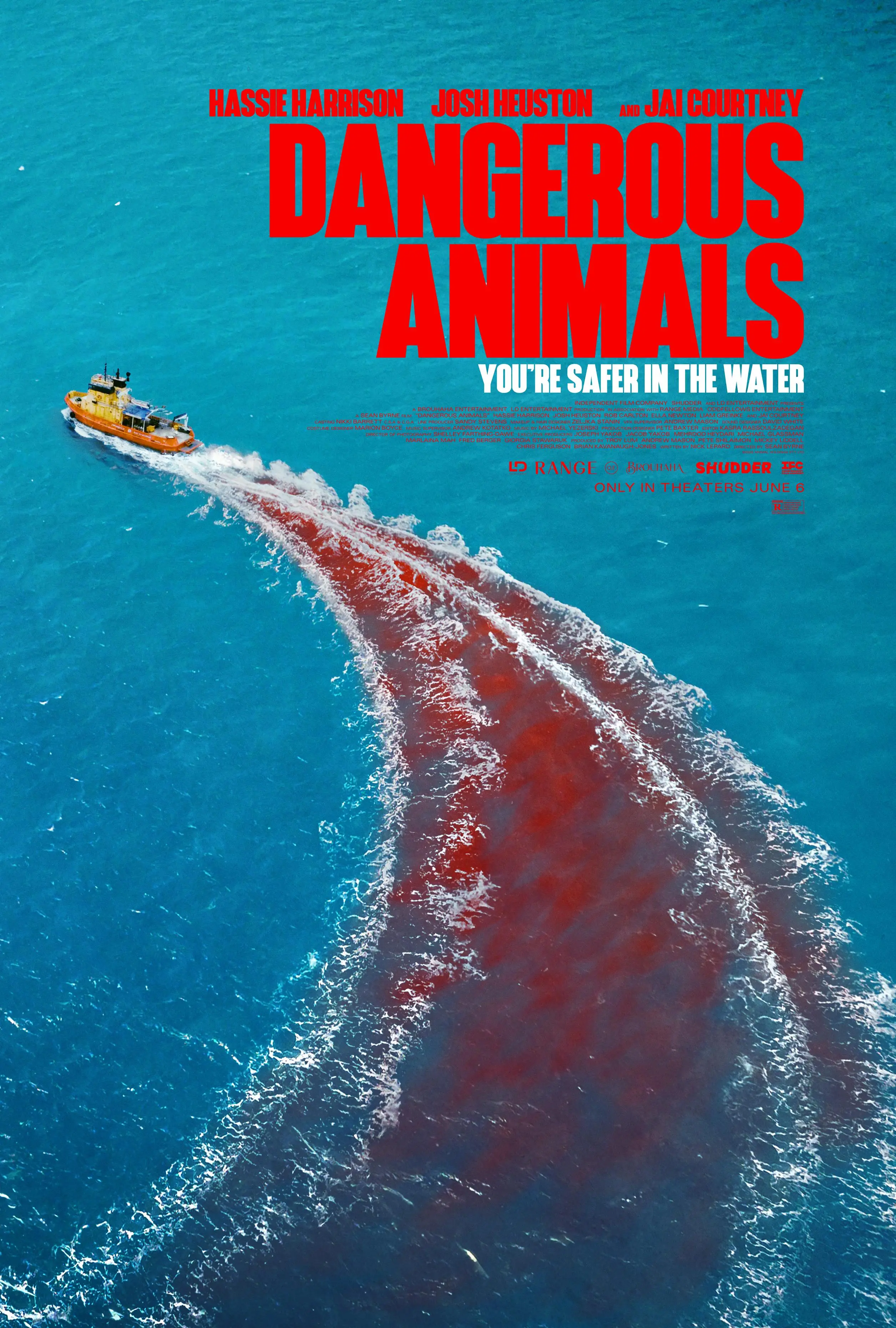The natural world is filled with creatures that can pose a serious threat to human life. Some of these animals are inherently dangerous due to their physical attributes, hunting techniques, or venomous traits, while others may become a danger under specific circumstances. While many of these creatures are often misunderstood or feared, they play essential roles in maintaining the balance of ecosystems. This article explores some of the world’s most dangerous animals, from the land to the sea, shedding light on what makes them so lethal and the ways humans can protect themselves from these dangers.

1. Mosquitoes: The Deadliest Animal on Earth
Surprisingly, mosquitoes top the list of the most dangerous animals in the world. These tiny insects are responsible for millions of deaths each year due to the diseases they carry, including malaria, dengue fever, Zika virus, and West Nile virus. Mosquitoes transmit these diseases through their bites, which infect humans with deadly parasites or viruses. In fact, mosquitoes are responsible for more human deaths annually than any other animal.
2. Box Jellyfish: Silent but Deadly
The box jellyfish, found primarily in the waters of the Indo-Pacific region, is one of the most venomous creatures on Earth. Its translucent body can be difficult to spot, and it can sting with little warning. The venom of a box jellyfish can cause heart failure, paralysis, and death within minutes if left untreated. Despite their terrifying reputation, box jellyfish are also an essential part of marine ecosystems, with their venom playing a role in their survival and hunting.
3. Saltwater Crocodile: The Ultimate Predator
The saltwater crocodile, the largest living reptile, is a fearsome predator capable of ambushing its prey with deadly precision. Native to Southeast Asia, northern Australia, and the Indian subcontinent, this reptile can grow up to 7 meters (23 feet) in length and is capable of swimming in both saltwater and freshwater. With incredibly powerful jaws capable of crushing bone, the saltwater crocodile is known to attack humans who venture too close to its territory, making it one of the most dangerous animals on land.
4. African Lion: The King of the Jungle
The African lion, often referred to as the “king of the jungle,” is one of the most powerful predators in the animal kingdom. While lions generally avoid human encounters, they can be deadly when threatened or in pursuit of food. Lions are capable of running at speeds of up to 50 miles per hour (80 kilometers per hour) and can overpower large animals such as zebras and buffaloes. Though attacks on humans are rare, lions have been known to hunt people, especially in regions where their natural prey is scarce.
5. Poison Dart Frog: Small but Deadly
Poison dart frogs, native to the rainforests of Central and South America, are among the most poisonous animals on the planet. Despite their vibrant and alluring colors, these tiny frogs secrete potent toxins through their skin that can cause paralysis, heart failure, or death. Their toxicity varies by species, with some frogs having enough venom to kill a human with just a touch. However, their toxicity is often diminished in captivity, as the frogs rely on specific diets to produce the deadly chemicals.
6. Cape Buffalo: The “Black Death”
Often referred to as the “Black Death,” the Cape buffalo is one of Africa’s most dangerous animals. These massive animals are highly unpredictable and aggressive, especially when wounded or threatened. They are responsible for more deaths in Africa than any other large animal, including lions and elephants. Known for their herd mentality, Cape buffaloes often attack in groups, using their sharp horns to fatally wound predators or humans who venture too close.
7. Great White Shark: Apex Predator of the Oceans
The great white shark is perhaps the most famous predator in the ocean. While attacks on humans are rare, the great white shark’s size, power, and speed make it a formidable hunter. These sharks can grow up to 6 meters (20 feet) in length and are capable of swimming at speeds of 25 miles per hour (40 kilometers per hour). Their sharp teeth and strong jaws can easily tear through flesh, making them responsible for a number of fatal attacks on humans, although they do not typically seek humans as prey.
8. Snakes: Silent Killers
Snakes, particularly venomous species like the inland taipan, the king cobra, and the black mamba, are among the deadliest animals on the planet. Snakes use their venom to immobilize or kill their prey, and some species possess venom that can kill a human in a matter of hours. The inland taipan, found in Australia, is considered the most venomous snake in the world, capable of delivering a lethal dose with a single bite. However, snake attacks are relatively rare, as most snakes will avoid humans if given the opportunity.
9. Polar Bear: The Largest Land Carnivore
The polar bear, native to the Arctic region, is the largest land carnivore on Earth. Despite their majestic appearance, polar bears are apex predators capable of taking down large prey, including seals and walruses. They have powerful jaws and sharp claws, making them capable of overpowering human prey. While attacks on humans are not common, polar bears are known to become aggressive when they feel threatened or hungry, particularly in areas where they are forced to come into closer contact with human settlements due to melting ice.
10. Honeybee: A Small but Dangerous Creature
Although honeybees are typically not aggressive, they can become dangerous when provoked. The venom from a bee sting can cause an allergic reaction, known as anaphylaxis, in some individuals, which can be fatal if not treated immediately. While bee stings are generally not life-threatening for most people, the growing number of bee-related deaths worldwide highlights the importance of being cautious around these small but potentially dangerous insects.
Conclusion
While many dangerous animals evoke fear, it’s important to remember that most of them play vital roles in their ecosystems. Many of these creatures are not inherently aggressive and will avoid humans if given the chance. However, understanding their behavior, respecting their habitats, and taking the necessary precautions can reduce the risk of dangerous encounters. By fostering a greater appreciation for the natural world, we can coexist safely with the planet’s most lethal creatures.





